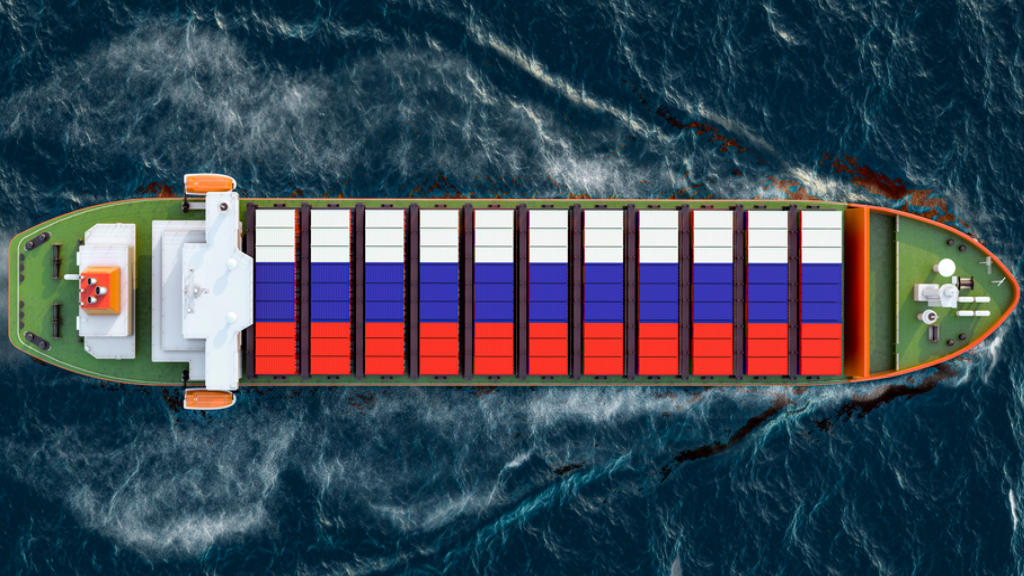The Russian National Reinsurance Company (RNPK) has increased its marine risk reinsurance, including cargo, and liability of shipowners by an immediate 20 – 30%. According to experts, this is due to the growth of the shadow fleet and the cost of shipping. For insurers, an increase in limits can mean not only an increase in capacity, but also reinsurance tariffs, as well as requirements for RNPK.
The news is pertinent as it illustrates an increase in Russian shipping capacity, and its seabound exports. According to the Russian Central Bank, Russia’s marine risk insurance market in 2023 was worth approximately ₽20.6 billion (US$223 million). The amount of insurance payments reached is about ₽4.5 billion (US$50 million).
Insurers are already utilizing these new limits. Russia’s VSK has increased the reinsurance capacity in a new program of marine risk bond reinsurance, with the shipowners civil liability risk doubled, to US$100 million. Others have followed suit, by doubling their Ruble and foreign currency insurance capabilities.
Despite Western media suggesting that sanctions cut off Russian vessels from insurance, and that as a consequence the Russian shipping fleet is uninsured and dangerous, this is untrue. In 2022, the RNPK adopted all maritime risk reinsurance contracts concluded with foreign reinsurers on the same conditions and at the same prices, the company says. The market has adapted to the new reality. Part of the insurers grew their portfolios on marine insurance, and they began to request large reinsurance tanks.
According to insurers, the main factor in increasing demand for reinsurance tanks was the transfer by shipowners of ships from foreign jurisdictions in Russia. As sanctions against the export of Russian energy carriers developed, many sea carriers have reflagged vessels – the so-called ‘shadow fleet’.
According to 2023 data from Russia’s State Transport Leasing Company, the volume of maritime freight transport in Russia increased by 19%, to 32.9 million tons as Russian shipping volumes increased, especially to markets in Asia. That meant Western shipping company fleets exited the Russian market and left that trade to mainly Asian, Middle Eastern and some Africa and Latin American fleets – and their insurance businesses. However, the RNPK may increase the requirements for insurers and the cost of reinsurance. The more risk that the reinsurer takes, the higher the tariff. An increase in claims and tariffs is possible, since bond agreements are concluded on the terms of a reinsurer. The RNPK forms tariffs based on statistics relevant to Russian insurers, while containers are assured to satisfaction of all market participants.





